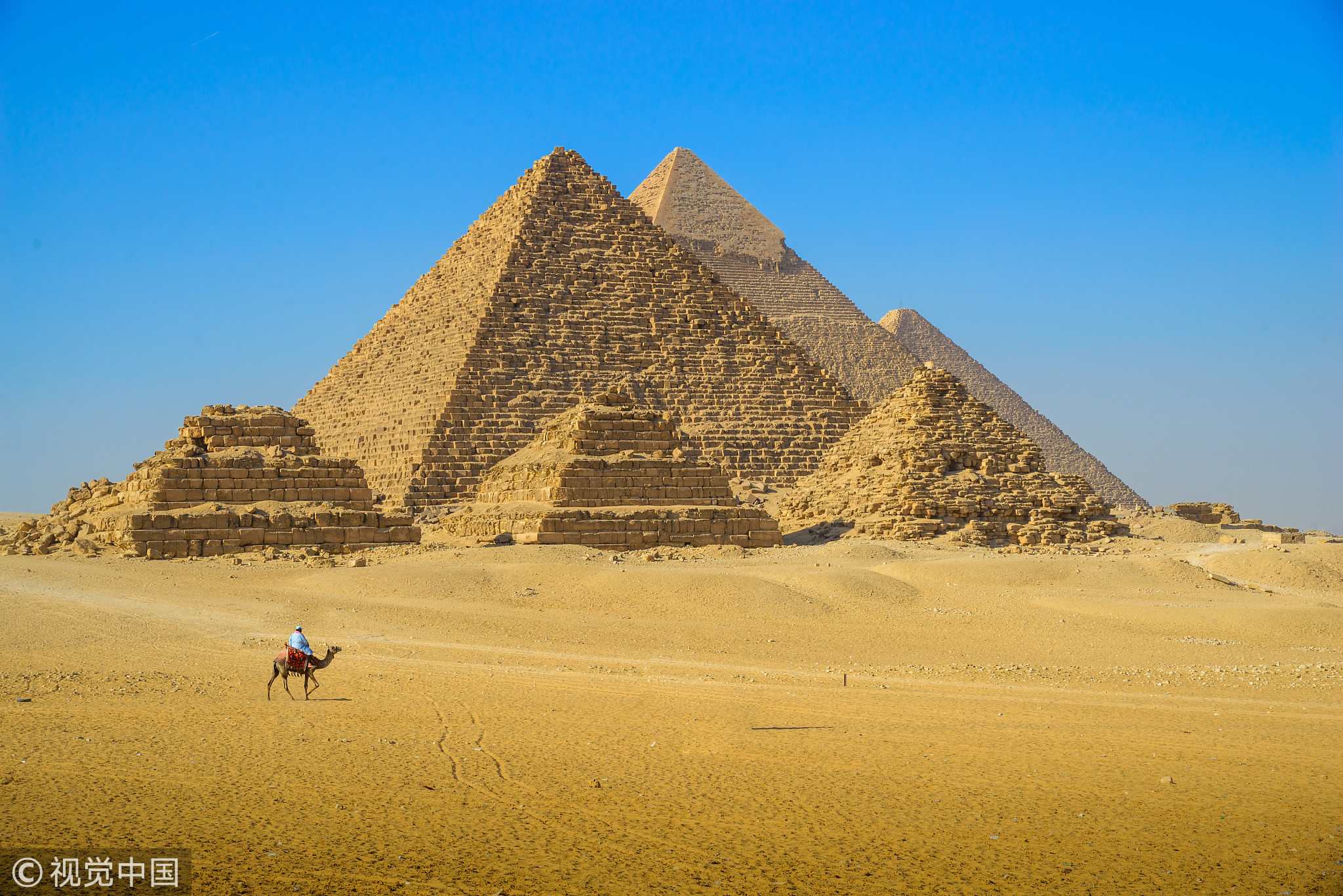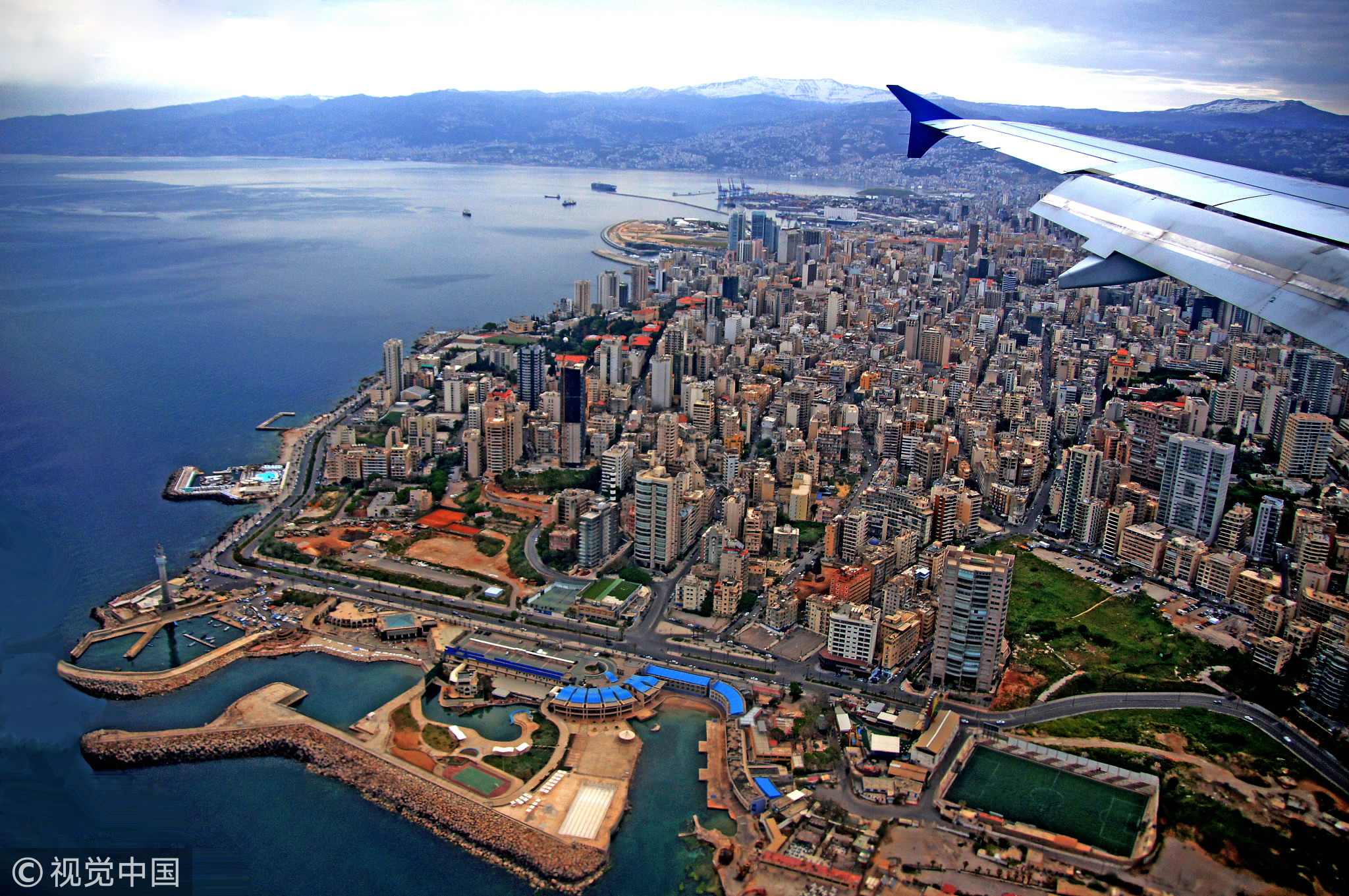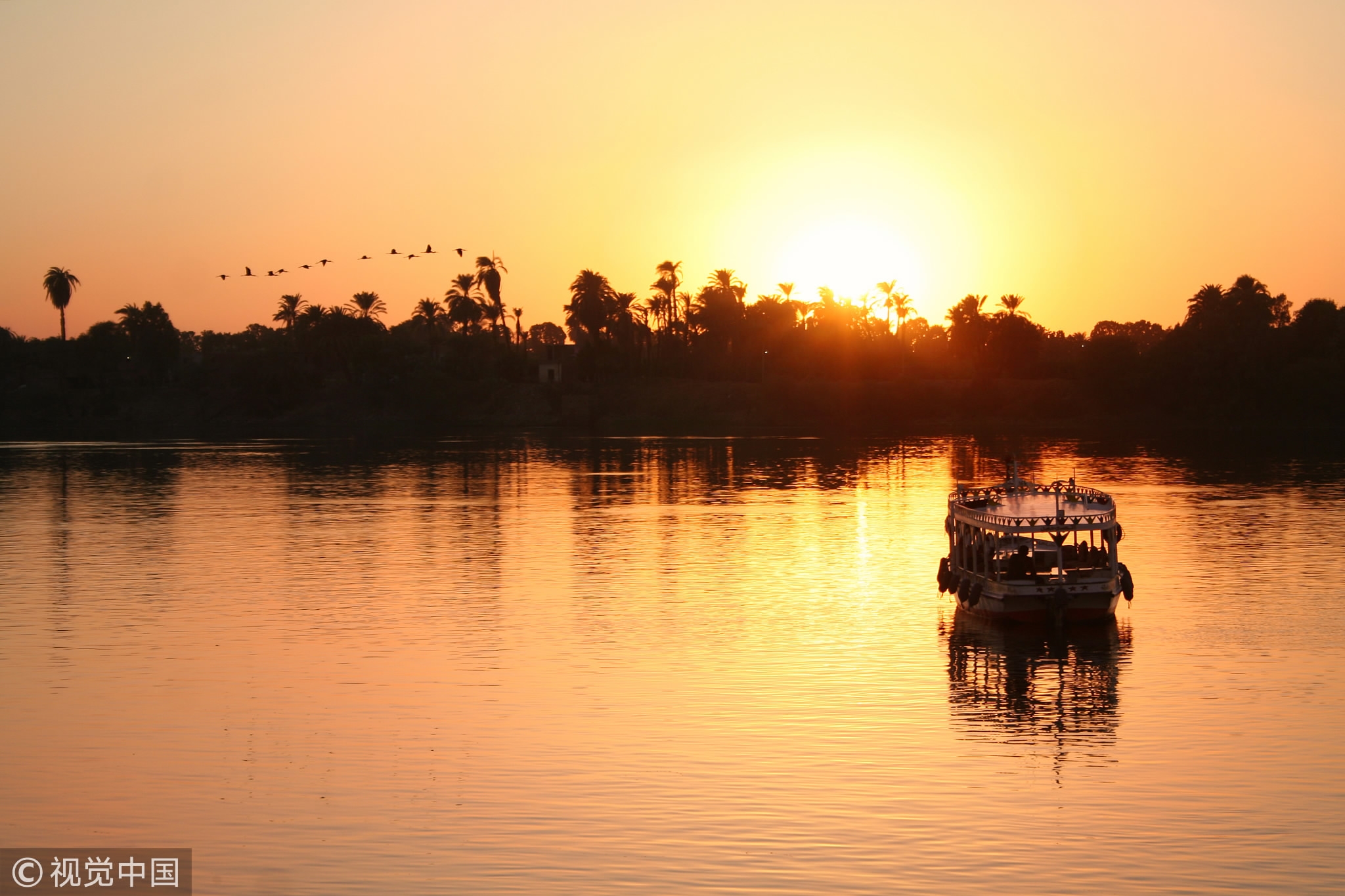
China
21:16, 22-Jan-2018
Why are Chinese tourists crossing the continent to MENA region?
CGTN's Nadim Diab

The flagging tourism sector in the Middle East and North Africa (MENA) is slowly getting back on its feet thanks in part for Chinese tourists bitten by the travel bug and looking to wander further afield.
Chinese and Russian travelers gave a much-needed shot in the arm to the ailing tourism sector in the restive region in 2017, after regular visitors – holidaymakers from Europe – kept their distance following a string of deadly security incidents a year earlier, AFP reported on Monday.
The Middle East area recorded a five-percent growth year-on-year in 2017, with 58 million international tourist arrivals, according to the latest UNWTO World Tourism Barometer published last week.

The Giza pyramid complex in Cairo, Egypt. /VCG Photo
The Giza pyramid complex in Cairo, Egypt. /VCG Photo
The uptick is believed to be partially driven by a growing number of Chinese travelers whose interest in the region is intensifying as a result of changing tourism tastes, fewer traveling hassles and incentives by governments and industry players. The profile of countries in the MENA region is also gaining prominence in China as Arab states and their neighbors lend their support to the Belt and Road Initiative, and Beijing increases its engagement in the region.
China's most precious 'export'
China is the world’s largest source of outbound tourism, with 135 million tourists traveling abroad in 2016 according to data by UNWTO. The trend is expected to continue its strong surge fueled by an expanding middle class.
Last year saw 145 million Chinese travelers taking trips outside the country, according to estimates, and projections put the number at 154 million in 2018 – a whopping 350-percent growth in just a decade.
With China’s fever for traveling far from subsiding, countries around the world are gearing up for a boon in tourism bucks as they search for new ways to make it on Chinese travelers’ bucket lists – and the shifting preferences of Chinese travelers is pointing the compass towards the Middle East.

The Souk of Marrakesh, Morocco. /VCG Photo
The Souk of Marrakesh, Morocco. /VCG Photo
From shoppers to explorers
From Dubai’s windswept sand dunes and Marrakesh’s colorful souks to Beirut’s throbbing nightlife and the puzzling pyramids of Cairo, the Middle East knows how to charm its visitors, and Chinese sightseers are slowly allowing themselves to be wooed.
For the longest time, travelers from China chose the world’s shopping capitals as their destinations to snap up luxury goods and designer brands, but change is in the air. They are now increasingly putting emphasis on immersing themselves in the local culture and undergoing new experiences.
A yearly survey by booking site Hotels.com and global market research firm Ipsos showed in 2017 that for the first time shopping was no longer the main reason for international travel among the Chinese. "Leisure, culture and eco-tourism are the new flavors," wrote the authors of the Chinese International Travel Monitor (CITM) 2017 report.
With its diverse culture, rich history and luscious landscapes, the Middle East is cashing in on Chinese tourists’ newfound appreciation for experiential travel.
Snow, sea and sun

Lebanon's capital Beirut from an airplane. /VCG Photo
Lebanon's capital Beirut from an airplane. /VCG Photo
"I wanted to explore a totally different culture," said Wang Yuqi who traveled with her college friend to Morocco in January last year.
"During our 10-day stay we went to the desert, visited snowy mountains and saw the sea," she told CGTN Digital, noting that learning more about the Islamic culture was an added perk.
A flair for natural surroundings seems to be a common denominator among the Chinese travelers who spoke to CGTN Digital.
For Qian Yinan, a 22-year-old student from northwest China's Xinjiang Uygur Autonomous Region, it was Dubai’s "blue, pure, and beautiful sea" that attracted her to the cosmopolitan city, which she visited last September during a short getaway. For Jiang Guanwei, Egypt’s temples and sun were a draw.
"Early in the morning on the third day (of my Nile river cruise), I opened my eyes and found a red light shining through the window. I opened the curtains, and I saw the same sun one would see in the pictures. It looked very beautiful," said Jiang, who works in a company affiliated with the China Aerospace Science and Technology Corporation in Beijing.

Sunset on the banks of the Nile, Egypt. /VCG Photo
Sunset on the banks of the Nile, Egypt. /VCG Photo
Nine days in the land of the pharaohs last July allowed her to witness the sunrise from a multitude of locations: in the desert, on the Nile, and from a hot air balloon. "When people see the sunrise in Egypt, they will understand why the pharaohs worshiped the sun god," she told CGTN Digital.
But despite being an oasis of beauty, the MENA region is not a safe haven for holidaymakers owing to continuous security setbacks and political turmoil.
Safety vs sightseeing
Terrorist attacks in Egypt, Tunisia and Turkey – some at tourist attractions and others targeting foreign travelers – have forced foreign tourists to think twice before planning a trip there.
However "over time, people forget and return," Jalel Gasmi, head of Granada Travel Services, a tour operator in Tunisia, told AFP.
Still, Chinese tourists prioritize safety during their travels. A 2017 survey by Global Research and brokerage firm CLSA showed that 70 percent of Chinese respondents consider safety as the most important factor that influences where they travel, placing it ahead of travel costs and sightseeing.

An open air spice market in a square within the Souk of Marrakesh, /VCG Photo
An open air spice market in a square within the Souk of Marrakesh, /VCG Photo
In their attempt to become the next travel destination for Chinese tourists, countries around the MENA region have either relaxed their visa requirements or waived them altogether.
Wang Yinan and Jiang have all been to countries in the MENA region which offer either visa-free travel or visa-on-arrival access to Chinese passport holders.
Lax visa policy an attraction in its own right
Last Tuesday the UAE became the latest country to exempt Chinese nationals from obtaining a visa, following the steps of other nations in the region and worldwide.
Chinese tourists can now travel to 60 countries around the globe without a visa, according to an annual ranking of passport power by citizenship and residence advisory firm Henley and Partners published on January 9, up from 51 places in 2017.
The UAE is aiming to attract 600,000 Chinese tourists a year by 2021, and the new move is expected to lure more tourists from the Middle Kingdom to visit.
"The primary reason why we chose Morocco for our travel destination was the visa-free travel policy," Wang noted.

Dubai's sand dunes. /VCG Photo
Dubai's sand dunes. /VCG Photo
Morocco introduced a visa waiver in June 2016, and the country has seen a surge in arrivals from China. Between January and June 2017, the country recorded a 565-percent leap in the number of Chinese tourists compared with the same period a year earlier, according to data from the Moroccan tourism ministry.
Morocco’s neighbor Tunisia also reaped the benefits of granting Chinese visitors visa-free entry up to 90 days in February last year. By November 2017, around 16,000 Chinese tourists had visited the country, an increase of 190 percent year-on-year.
More air connectivity is also helping to put the region on the map for Chinese tourists, while incentives by local and national authorities are sealing the deal.
Hotels in Dubai are now hiring Mandarin-speaking staff, accepting Chinese bank cards, offering Chinese television channels in the rooms as well as hot tea to their Chinese guests, according to Gulf News. In Tunisia, a television magazine to properly introduce the Mediterranean country to Chinese tourists is also in the making, Xinhua News Agency reported last year.

SITEMAP
Copyright © 2018 CGTN. Beijing ICP prepared NO.16065310-3
Copyright © 2018 CGTN. Beijing ICP prepared NO.16065310-3